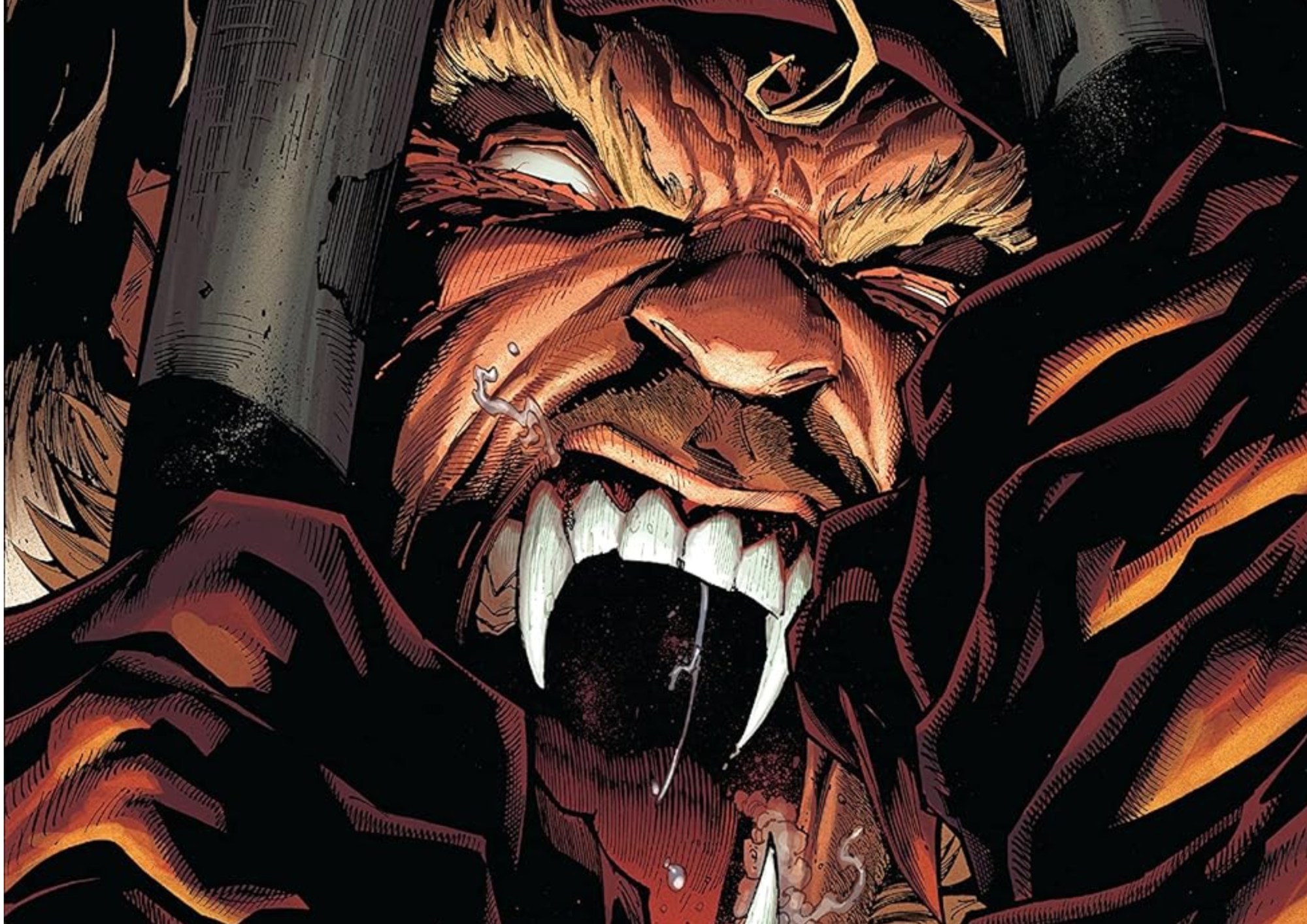Most would agree that while Batman often delivers severe beatings to his foes, he rarely resorts to lethal violence — even against vile criminals. His choice not to kill is not due to blind legal adherence, but a strict personal code of ethics coupled with professional responsibility. This nuance deepens his character, a hero known for his dark and grim nature in the DC Universe — nevertheless, it’s a commitment he maintains almost unfailingly.
This mission for non-lethal justice leaves Batman open to exploitation and misuse. What stops a criminal like the Joker from committing murder as he anticipates nothing more severe than a confrontation with Batman? His pacifism may seem irrational given Gotham’s roster of dangerous villains. Despite his discipline, Batman’s self-imposed “No-Killing” rule undermines his potential as an analytical crime-fighter.
Batman Surrenders an Advantage as a Threat

Batman’s adherence to the “No Killing” rule is not spontaneous or unconsidered. Like much of his character, it derives from a pivotal and traumatic period – the murder of his parents, an act he witnessed firsthand. This painful experience ingrained in him the belief that taking a life is the worst thing possible – something he will never condone.
While his parents’ murder sowed the seeds of his anti-killing principle, it’s not the sole influence. Darwyn Cooke’s Batman: Ego and Other Tails implies that Batman’s code also stems from his self-awareness, linked again to that devastating night. Cooke surmises that witnessing his parents’ death triggered a profound anger within Bruce Wayne, barely contained beneath his stoic demeanor.
This simmering fury might explain Batman’s often dour persona. Thus, Wayne is acutely aware that yielding to this rage through murder would unleash a darkness exceeding even the most malevolent villainy. In essence, he would become the enemy he despises the most.
Batman’s No Killing Rule Inhibits His Full Potential

Although Batman’s rationale for a “No Killing” Rule is sound, the practice can be flawed. It hinges on a justice system capable of confining offenders or genuinely rehabilitating them, failing which, villains pose continued danger.
Regrettably, Gotham’s justice mechanisms are inept against figures like the Joker or Scarecrow. These criminals neither fear law enforcement nor incarceration like the average citizen does. Furthermore, some misdeeds are so atrocious that mere imprisonment cannot suffice or bring closure to victims and families.
Consider the Joker skinning victims for amusement in Scott Snyder and Greg Capullo’s Batman: Death in the Family or Scarecrow’s frequent poisonings of Gotham. A mere jail sentence for these actions seems insufficient and would likely stir public outcry. While Batman’s “No Killing” principle seems prudent, given its basis, rigid adherence in every case is questionable. Such strict compliance endangers himself and, significantly, many innocent lives.
Batman’s No Killing Rule Brings More Issues Than Benefits

Batman’s “No Killing” Rule serves as a guiding principle, yet certain exceptions should be considered. The dilemma is determining which threats warrant exemption.
Similar to real-world capital punishment, any exception should be rare and apply only to the deadliest and irredeemable villains. Gotham’s villain roster has swelled, and breaking his rule against such foes may prevent untold civilian casualties in their wake. Demonstrating that eliminating such threats is sometimes required could inspire judicial reforms, enabling Batman to honor his moral stance more consistently.
Killing those who caused him profound suffering might not diminish him but offer a path toward personal healing. In that transformation, Batman may find peace. Society, alongside his allies, may ultimately understand and even accept his choice to break his “No Killing” Rule.
What are your thoughts? Share them in the comments!














